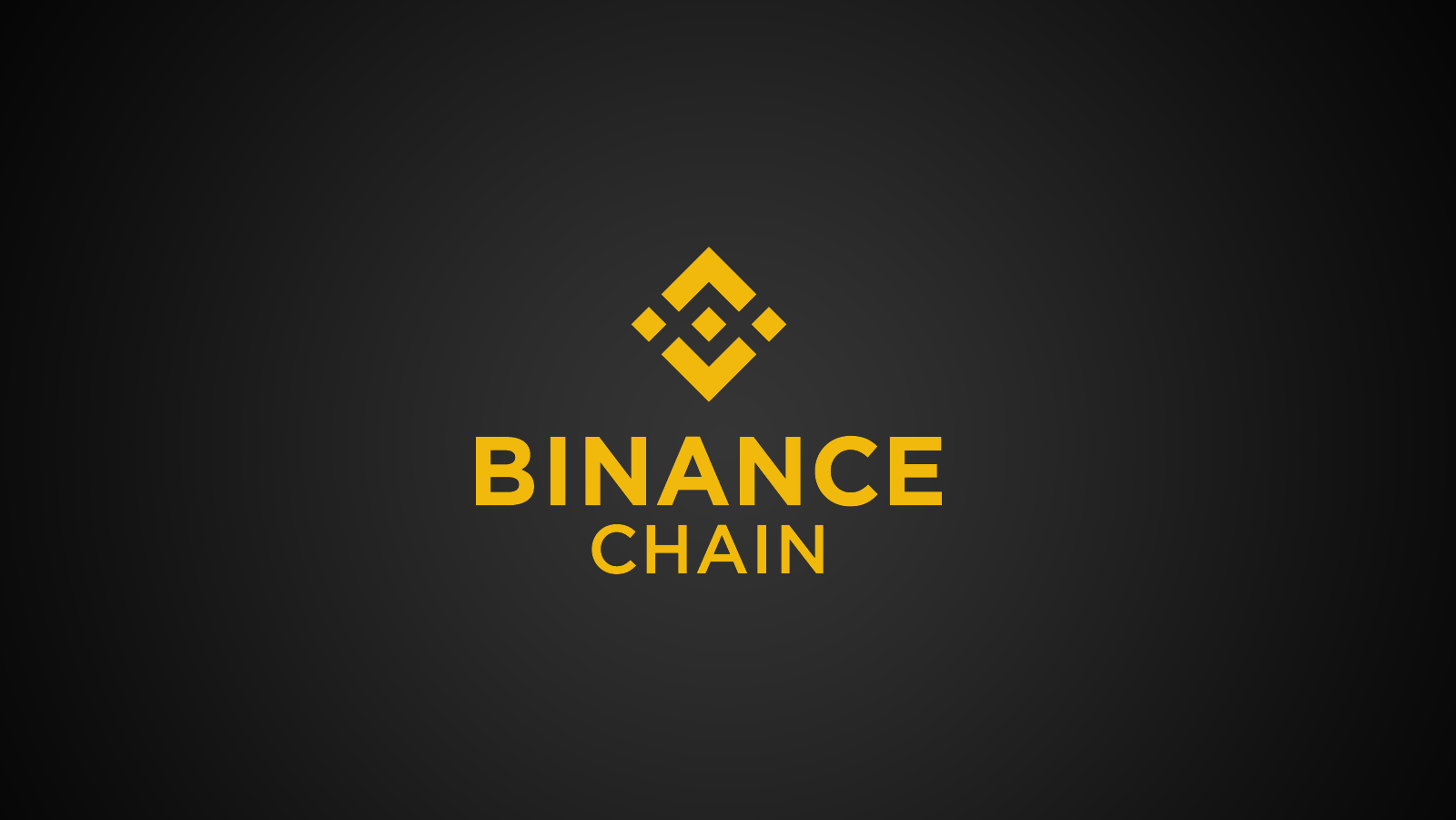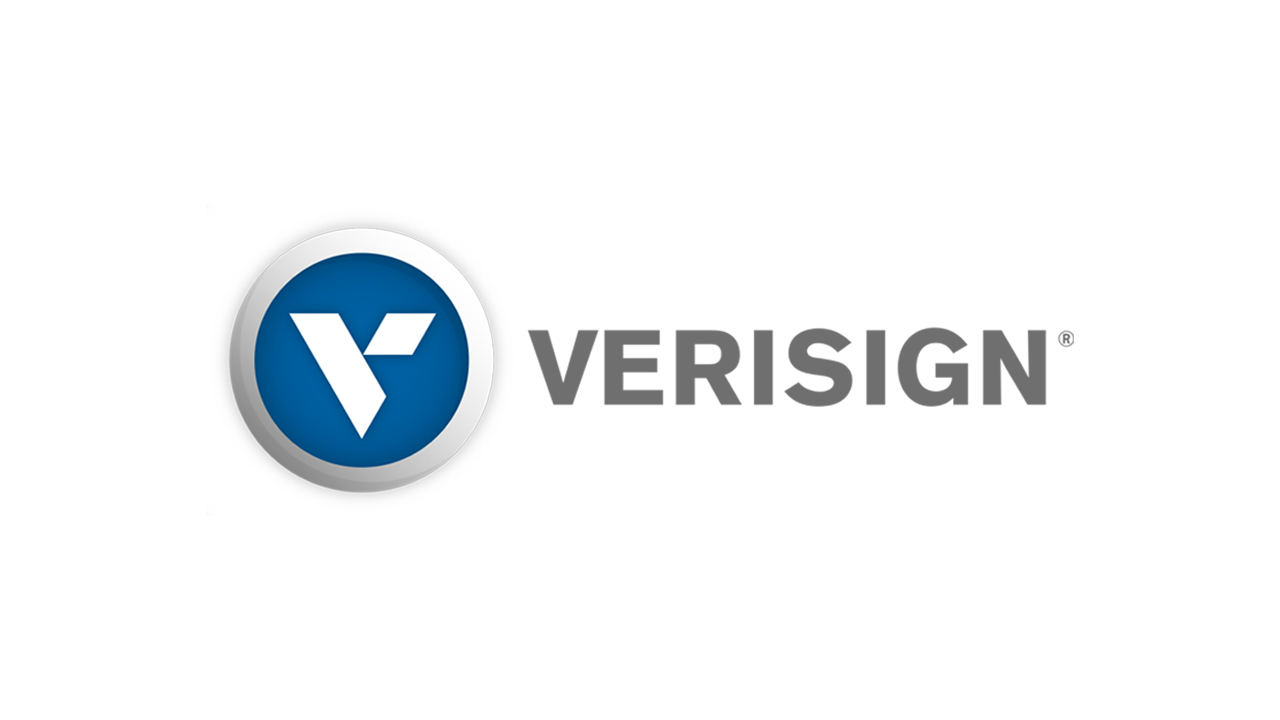Has your organization ever missed renewing a domain name? You really don’t want to be in the news for that. Just look up “company forgot to renew domain name” and read about the historical consequences of missing vital domain name renewals. They range from failed services or infrastructure, lost revenue, lost business partners, wrecked reputation, hefty regulatory fines, to even the collapse of a business.
Even though some of these top search engine results page (SERP)1 articles may date before 2015, the challenge of domain management still exists today. The overseer of the domain name system (DNS), The Internet Corporation for Assigned Names and Numbers (ICANN), published a report in each of 20182 and 20193 that investigated the issues and challenges impacting domain name registrants. Both reports found that the majority of domain registrants were challenged with domain management, including domain transfers between registrars, domain name renewals, general registration support, issues with country code top-level domains (ccTLDs), etc.
Collectively, these issues are a huge burden for large corporations. Often times, large corporations such as Forbes 2000 companies have hundreds or thousands of domain names to manage, and these large numbers may give rise to the following challenges.
Issue #1: missed renewals
These hundreds or thousands of domain names vary in expiration dates, and their renewal notices are emailed to the organization’s domain administrator. Should this person move on without proper handover, the new administrator may not have the login credentials to the registrar portal. Or, the corporate credit card tied to the domain account expires without anyone noticing. In other words, should these emails and domain renewals be missed for any reason, there is no other way that a domain owner will be alerted to expiring domains or be able to respond nimbly if disaster strikes.
Solution: Set your domains to auto-renew by default so that your organization never misses a domain renewal, and opt for credit on account instead of using a credit card.
Issue #2: risk and complexity of domain management and using many registrars
The complexity of domain name management arises when a single centralized team devotes resources to handling domain requests from different business units, administers the unique registry requirements of each registration, and tallies what each business unit should pay for their respective portfolio of domains at the end of each year. With decentralized management, it doesn’t get better with different business units handling their own domain portfolios, and domain policies are disparate and vary within each unit.
Furthermore, when corporations use more than one registrar to manage domain portfolios, this adds a layer of complexity in management.
Multiple registrars also mean sensitive information is recorded with multiple parties. This increases the risk of account hijacking and losing control of domains if some of the registrars have weak security controls in place.
What are weak security controls? These are registrar platforms with bad security practices that hackers love, such as lenient password policies, no two-factor authentication, little to no restriction of access to critical DNS zones, poor cybersecurity awareness and training among their staff, lack of performing regular cybersecurity drills, and not enough scrutiny of the security vulnerabilities of the registrar platform software and servers being used.
Solution: Configure your registrar preferences to enable each business unit to manage their own domains under a parent account to be billed separately. In addition, you’ll want to consolidate your domains with a security-conscious enterprise-class corporate domain registrar whose systems are designed with security first, and whose staff are well-versed in phishing methodology.
In particular, your registrar should provide you with secure access to its domain and DNS management systems (and secure access through two-factor authentication, IP validation, and federated ID). A provider should also enable you to control user permissions, and use advanced domain security features such as registry and registrar locks and DNS security extensions (DNSSEC), for example.
Issue #3: difficulty handling registry requirements and registering all the extensions you want
Different domain registry operators impose different criteria for registration, and in some cases, throughout the lifetime of the domain names. For instance, .MM (Myanmar) registrations are highly laborious and .AU (Australia) registrations require an active Australian presence or qualifying Australian trademark throughout the lifetime of the domain name. Even if enterprise systems are able to connect with their domain registrar systems, the amount of manual work involved in the management of the domain portfolio may require one individual’s priority over other projects at various points throughout each year.
In addition, different registrars have varying domain endings on offer. Most registrars will offer .COM for example, but not every registrar offers ccTLDs such as .LY and .AR. What should a corporation do when their regular registrar does not allow them to register ccTLDs in countries, cities, or territories that they plan to do businesses in? They look for a registrar that does, usually using what they can find within a tight timeframe.
Solution: Partner with an experienced corporate registrar that knows the ins and outs of each registry requirement, offers you the ability to register domain names from all around the world, and curates vital information that enables you to make the best decisions.
Issue #4: complications in transferring domain names and poor service support
Large corporations commonly transfer domain names from one registrar to another after mergers and acquisitions. Most companies consolidate domain names with one domain registrar to enforce uniform domain name policies, and standardize prices, platforms, workflows, and expected service levels. The domain administrator usually faces the burden of managing a highly tedious, painstaking, and almost impossible task, which involves coordinating manual authorization requests with every registrar for each domain transferred.
When compounded with urgent business requests for domain registrations, the domain administrator is also burdened with locating a registrar who can support the domain extension, and is responsive and sensitive enough to deal with often confidential registrations (especially in the case of a campaign or launch).
Solution: Lean on your registrar to manage the entire transfer process on your behalf, freeing you up to do what you do best. Your registrar should also provide timely, and the most relevant information, as well as 24/7 support to help keep your reputation and brand assets safe.
Issue #5: determining options to combat infringement
Domain monitoring alerts corporations to possible domain infringements, but when detected, takedown mechanisms range from cease and desist, arbitration, to dispute resolution procedures. Which is most suitable? What are the criteria for each, and at what costs? Are there other options to prevent all these from happening in the first place?
Solution: Seek advice from an experienced provider who can assess each situation and act in your best interests. Besides domain management services, a corporate registrar should offer all-encompassing brand protection services that include monitoring, enforcement, takedown of domain names, social media handles, mobile apps, internet content, and more.
In summary, many of the domain management issues faced can be minimized by having clear policies and working with the right registrar. Good corporate registrars should have the breadth and depth to help mitigate the risk and disruption to their workflows and businesses, to take some of the burdens off corporations to protect their brands, reputation, and revenue, so that they can focus on doing what they do best, and reduce any damage by third parties.
Source: (http://www.circleid.com/)































